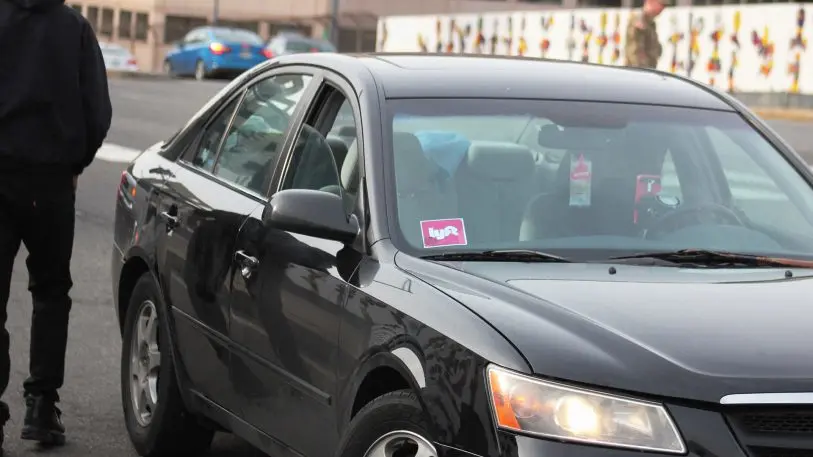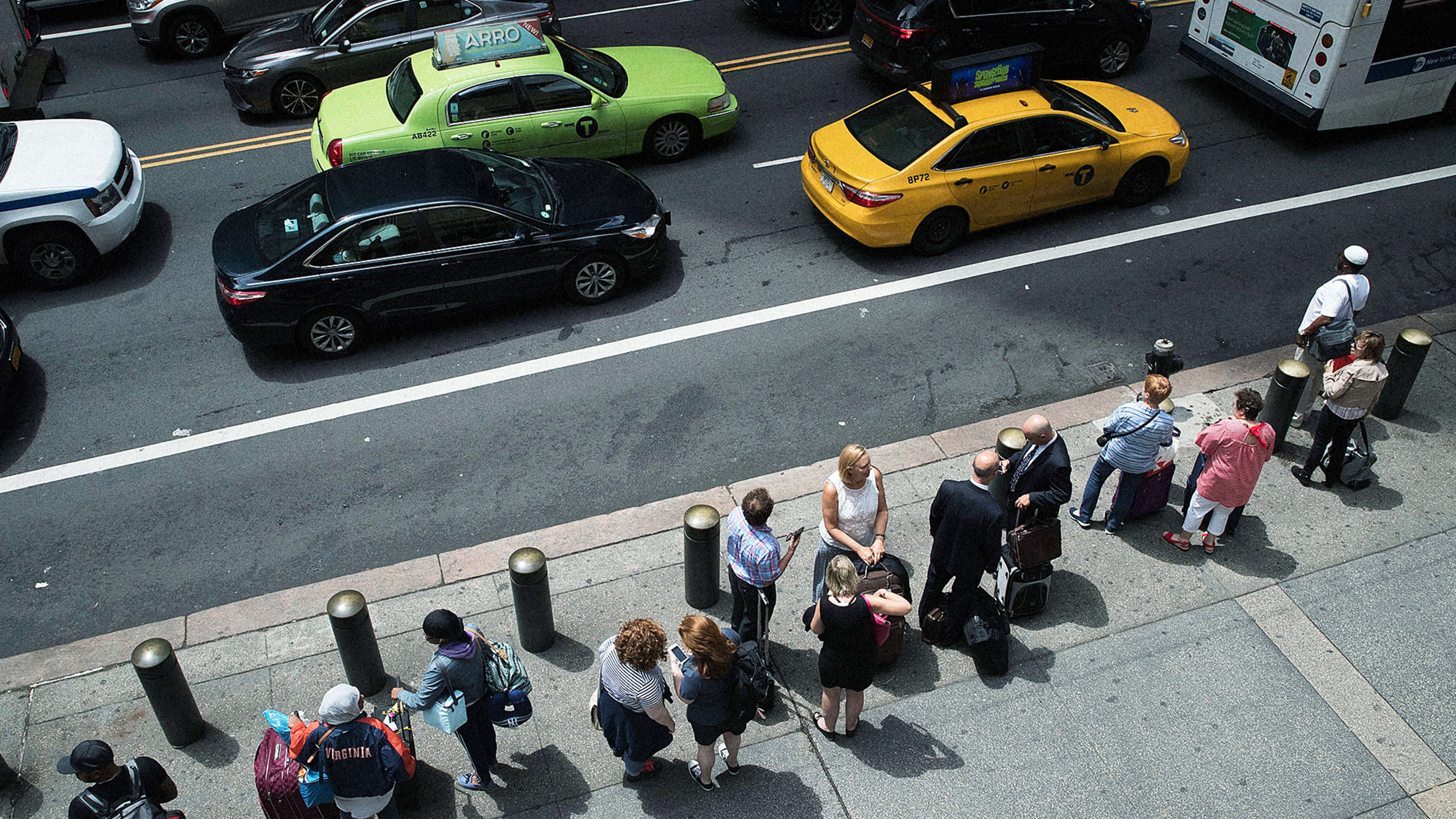If you’re not a techie, you may not have come across the term “walled garden” before. But it’s a critical concept these days in technology business strategy–and it has the potential to fundamentally change the ways we travel throughout cities.
In essence, a walled garden is a closed technology platform that limits the information and options available to a user. If you have an Apple product, the concept will be familiar: In order to download a new app to your iPhone, you must go to Apple’s App Store. Apple “curates” the apps you can get in the App Store, bringing some to your immediate attention while forcing you to search for others. Apple also decides whether or not a new app will be made available to you and the 500 million other people who visit the App Store every week. That gives Apple a lot of power, which can cause consternation or controversy when an app is rejected.
You can find walled gardens in products ranging from e-readers (Amazon Kindle) to social media (Facebook) to various video game consoles. For the first time, the walled garden strategy is now being applied to urban transportation, with ride-hail giants Uber and Lyft racing to add new mobility modes to their apps. In 2018, Uber has announced partnerships or acquisitions related to car sharing (Getaround), e-bike sharing (Jump), e-scooter share (Lime), and public transportation (Masabi). For its part, Lyft acquired public bike share operator Motivate, launched its own e-scooter share service, and has started building new integrations with public transportation into its app. The stakes are high; both companies–as well as China’s Didi Chuxing–want to evolve into walled gardens by providing trip planning and ticketing for any urban trip a commuter might desire.

So walled gardens seem good for urban mobility companies. But are they good for the public? That’s much less clear.
For starters, it’s worth considering how mobility walled gardens could affect public transportation, the mode that cities rely on to reduce congestion and provide mobility for those who can’t afford a personal vehicle. Many U.S. transit agencies offer apps with trip planning and ticketing functionality, but no transit app allows users to also book a trip on ride hail. It’s doubtful that Uber or Lyft would ever allow that, since they want to own the customer relationship. They would much prefer to incorporate transit ticketing within the walled gardens of an Uber or Lyft app—and they are rapidly moving in that direction (see the partnerships mentioned earlier).
If public transportation becomes one of many services available within the Uber or Lyft app, that raises a number of thorny questions. Will disintermediated public transportation agencies receive data about when and why riders purchased tickets, which can then allow them to plan better service? Will they have to pay a commission when a rider books a ticket through an Uber or Lyft app, which would reduce their already declining operating revenues?
And perhaps most importantly, will Uber or Lyft design their apps to nudge people away from public transportation and toward their ride-hail service? Despite Uber and Lyft’s insistence that they view public transportation as an ally in the war against car ownership, the companies have targeted marketing to woo transit riders. Recall how Apple’s App Store makes it easier for customers to find certain apps; what if Uber used its app to nudge people toward ride hail and away from transit? That could undercut core rail and bus service that low-income residents need to get to work, and that urban planners rely on to reduce congestion (ride hail is already being blamed for falling ridership across public transportation systems).
Looking beyond their impact on public transportation, walled gardens in urban mobility could create awkward user experiences for those who don’t drive. Do you really want to toggle between three or four different apps to find the nearest available e-scooter or cheapest ride-hail service? The annoyance factor could compel commuters to drive a personal vehicle instead.
Unsurprisingly, ride-hail companies don’t see things this way. They rightfully claim that having multiple modes within a single app could lead urban dwellers to reduce the use of private vehicles. But there is no need to erect walled gardens to enjoy that convenience; without walled gardens, there would be more modal options available on a given platform.
Taking a step back, do cities want mobility companies to compete on the basis of the exclusive services only available within their walled garden? What if instead all mobility options were available on trip planning and ticketing platforms, allowing a commuter to consider her options and book any service she likes? Companies like Uber or Lyft could still build services like bike share and e-scooters into their apps, but they would compete based on the user interface and core quality of their service—not the extent to which they lock particular brands or modes inside their walled garden.
That leads to another question: How seriously do cities want to take the goals of Mobility as a Service (MaaS), which envisions urban commuters having the option to purchase subscriptions to all mobility services available, public or private? In contrast to the broad platforms envisioned by MaaS’s boosters, Uber and Lyft want to use walled gardens to become their own platforms. That may be great for them, but it could lead to a worse customer experience (i.e., more walled gardens, each with limited mobility options, rather than accessing all services at once).
Is there an alternative to the emergence of urban mobility walled gardens? Yes. Governments could require that all mobility providers make their trip planning and ticketing data available for public integration (this is a strategy that Finland is starting to test). Any company can then establish a platform that brings together multiple modes into an app or subscription service.
When I questioned the desirability of walled gardens at a recent transportation conference, a ride-hail executive noted that intercity travelers can use the platforms of Orbitz or Expedia to book a flight, but they can also go straight to United’s website. That’s true, but it misses two essential points.
First, online travel agencies like Orbitz and Expedia are aggregators rather than walled garden curators. They do not strategically exclude an airline or hotel chain to gain market power (some, like Southwest, choose not to participate). That’s a big difference from the platforms Uber and Lyft are building, which are designed to include certain mobility services but not others. Second, there is only one practical way to move across the country–by airplane–but there are many modes that let you travel through a major city. A commuter’s decision to take public transit, ride hail, or an e-scooter (or drive her own car) affects social goals around congestion, pollution, and equity. That should justify stronger government involvement to protect the public’s interest.
Uber and Lyft are in the early stages of building their walled gardens; to date, neither has incorporated ticketing with public transportation. But the trend is clear. Do we want urban mobility companies to compete on the basis of the quality of their service, or is it okay for them to strategically lock certain services inside (or outside) their mobility platforms? It seems like a worthy question to ask before walled gardens become an entrenched framework within urban mobility.
David Zipper is a resident fellow at the German Marshall Fund.
Recognize your brand’s excellence by applying to this year’s Brands That Matter Awards before the early-rate deadline, May 3.
